New supply chain rumors appear to corroborate previous reports that Apple will add high-refresh rate ProMotion displays to the 2020 iPhone lineup.
As previously rumored, Apple is expected to use iPad Pro-style ProMotion displays in at least some of its 2020 iPhone models. The new displays are said to bring a faster, more responsive feel to the iPhones.
According to DigiTimes, the iPhones with this display will see their screens refresh at between 90Hz and 120Hz, up from the present 60Hz. The Pixel 4 has a 90Hz display, but it appears to be drastically impairing battery life.
The iPad Pro with ProMotion uses an LCD screen, where the top end of the forthcoming iPhone range is expected to continue using the OLED displays of the iPhone 11 Pro and iPhone 11 Pro Max.
Why this matters
The higher refresh rate can improve the responsiveness of devices. However, ProMotion is significant not just because of its speed, but because of how that speed is used.
ProMotion intelligently speeds up specific areas of a display rather than always the whole screen. On the iPad Pro, if a user is drawing with the Apple Pencil in one corner of the display, that section will get the increased refresh rate.
The rest of the display may remain at the regular 60Hz speed, or it can even slow down to just 24Hz for areas like toolbars or website headers that are static. This means the display provides extra speed where it is of most value to the user, and at the same time reduces how much power is needed to provide that feature.
In its review of the iPad Pro, AppleInsider noted that ProMotion was transformative when using the Apple Pencil.
The 2020 iPhones are expected to have 5G, and may also feature a smaller Face ID notch.
At present, it isn't clear what specific benefit that the iPhone would get from a 120Hz display, exacerbated if it does not adopt Apple Pencil compatibility. An entire display refreshing faster is more of a battery drain because of not just the screen's demands, but the additional work the GPU on the processor had to do as well.
 William Gallagher
William Gallagher

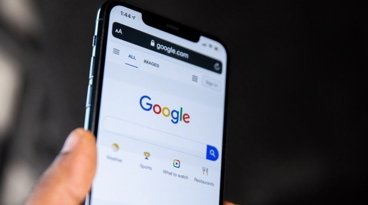



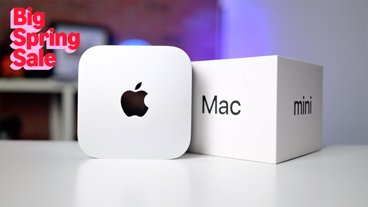
-m.jpg)





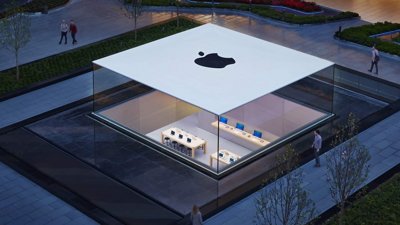
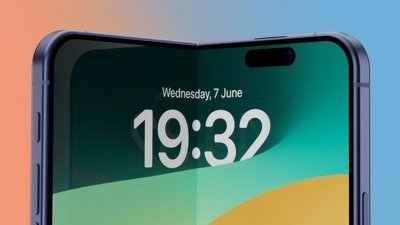
 Malcolm Owen
Malcolm Owen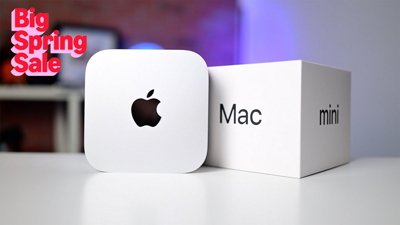
 Christine McKee
Christine McKee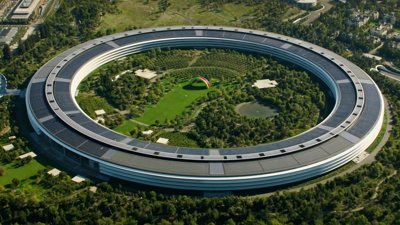
 Wesley Hilliard
Wesley Hilliard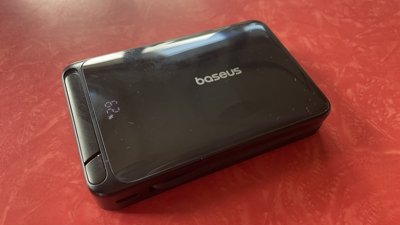
 Thomas Sibilly
Thomas Sibilly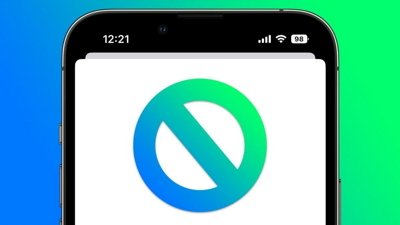
 Marko Zivkovic
Marko Zivkovic
 Andrew O'Hara
Andrew O'Hara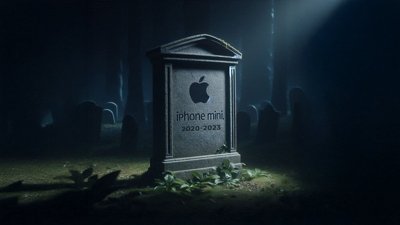
 Amber Neely
Amber Neely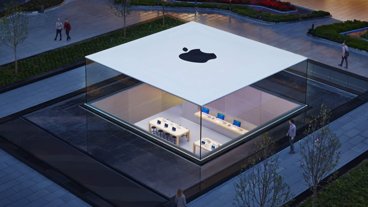
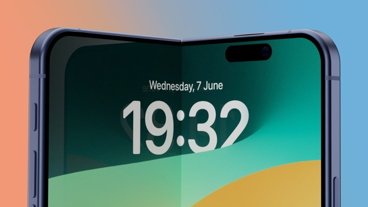
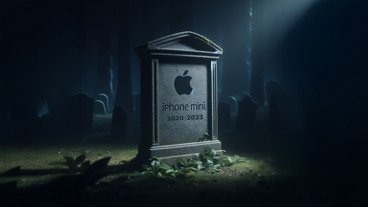






4 Comments
Could this be connected with one of Apple's newest initiatives: A push into and promotion of gaming?
the article counters itself for some reason.
while describing how apple’s Implementation of pro motion display On the iPad Pro is significantly different to the way that Google or other companies are using it on their phones, it then goes on to question what benefit they would be by using it on the iphone.
If Apple implements the same approach on phone as iPad, then the menu bars, status bar or icon bar at the bottom of the home screen would be at 24 Hz. If you weren’t scrolling A webpage might be also at 24 and then when you start scrawling that section would increase to 120, While as I am typing this message the keyboard at the bottom would be 24 Hz as it is displayed and only the small section of screen that can scroll would be 120.
I can imagine implementing the 1 Hz capacity of Apple Watch in the status bar at screen top. Arguably it doesn’t need to update even more than once a minute.
This would mean way less work for the GPU And more battery life not less.
I cannot figure out the benefit of using 120Hz because I don't see it on my iPad Pro and don't consider it worth the extra cost, if it exists.
2020 iPhones are expected to have 5G, and may also feature a smaller Face ID notch
USB-C please....